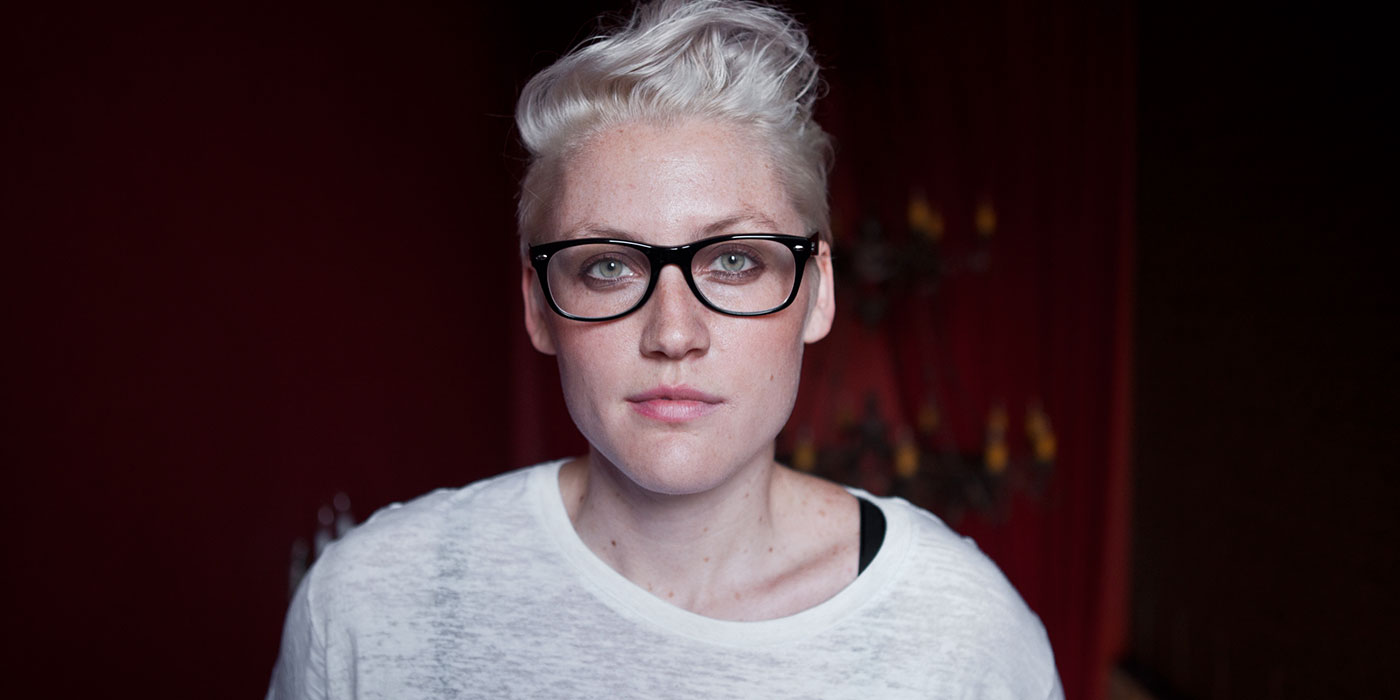You can hear enigmatic and diverse Sarah Jaffe this tomorrow night here in Madison at the Majestic Theatre, where she will be opening for alternative band State Radio.
You might know Jaffe and her light acoustic sound from her first two studio albums, on which she is most often accompanied by the easy strumming of an acoustic guitar and the light backtracking of drums. But her most recent album The Body Wins features a change, and a very noticeable one that veers away from her indie/folk sound that her listeners have gotten so used to. The thirteen songs utilize strings, synths, electric guitars, horns, and quick drum beats to create a pop/dance sound that cannot be found on any of her previous albums.
Sarah Jaffe is a Texan born and raised, but the singer/songwriter’s southern roots did not lead her to country music. With her most recent album release included in her repertoire, her genre can only be described as pop/indie/acoustic/dance/electronic.
Like I said, very diverse. And on Saturday all sides will be heard.
Her simple early music and her pop/dance new songs have at least one thing in common: her voice. Jaffe’s vocals are spectacularly captivating in the way she fearlessly sings her feelings and reveals whatever is on her mind. You can be sure that her powerful and moving vocals are still there on The Body Wins, and emotion still finds its way into every rhyme and riff. Like many indie artists, her voice is haunting and lingering, even when she belts those high notes. There is a pure quality, though, that is refreshing to hear.
I chatted with Sarah in advance of her Madison visit.
Your newest album, The Body Wins, has been described as a completely different sound for you. I have to say that there is a distinct electronic or alternative sound to your new work that wasn’t there on Suburban Nature or The Way Sound Leaves a Room. While there are many differences, what would you say has stayed the same?
“I know sonically these records are fairly different from one another, but I think the one thing that ties them together would be the way I write. Despite the difference in the records’ instrumentation, the content is still very personal.”
What do you think cause such a shift? Is it even something you can describe?
“Well, people change. Throw music out of the scenario and as a person, you change, you grow up, you look at things differently. So it was for me and the way I approached my music. I was playing different instruments. Not to mention that the majority of the songs off of Suburban Nature were written in high school. So, whether it was a growth, or change, or a shift…it was natural for me. I don’t think any artist or musician wants to create the same thing over and over again. They want to move and explore.”
If it’s possible, please tell us a little about your songwriting process. Do you scribble in notebooks? Do you think of melodies long before lyrics? What’s a writing session like?
“All of the above. Sometimes I will write lyrics down in a notebook. Sometimes the process is more of a complete endeavor. Sometimes I can sit down and everything comes together first time around. And sometimes a song comes in pieces. I will fidget with lyrics or a melody, or even song titles for awhile until I figure out where they fit.”
A lot of people here in Madison are excited to see you on Saturday, so can you give them any hints or previews about what they can expect? Should they wear their dancing shoes?
“They can wear whatever they want! I enjoy playing and I am grateful to be playing in front of anybody. So I hope they have fun being there with me.”
If you could only listen to one song (that isn’t one of yours!) and only one song for the rest of your life, what would it be?
“I used to say Nina Simone’s “Wild is the Wind” — I still think it’s the most beautiful song. But I think if I had to hear one song for the rest of my life maybe I would pick a song that had no lyrics. My hypothetical answers always change.”

